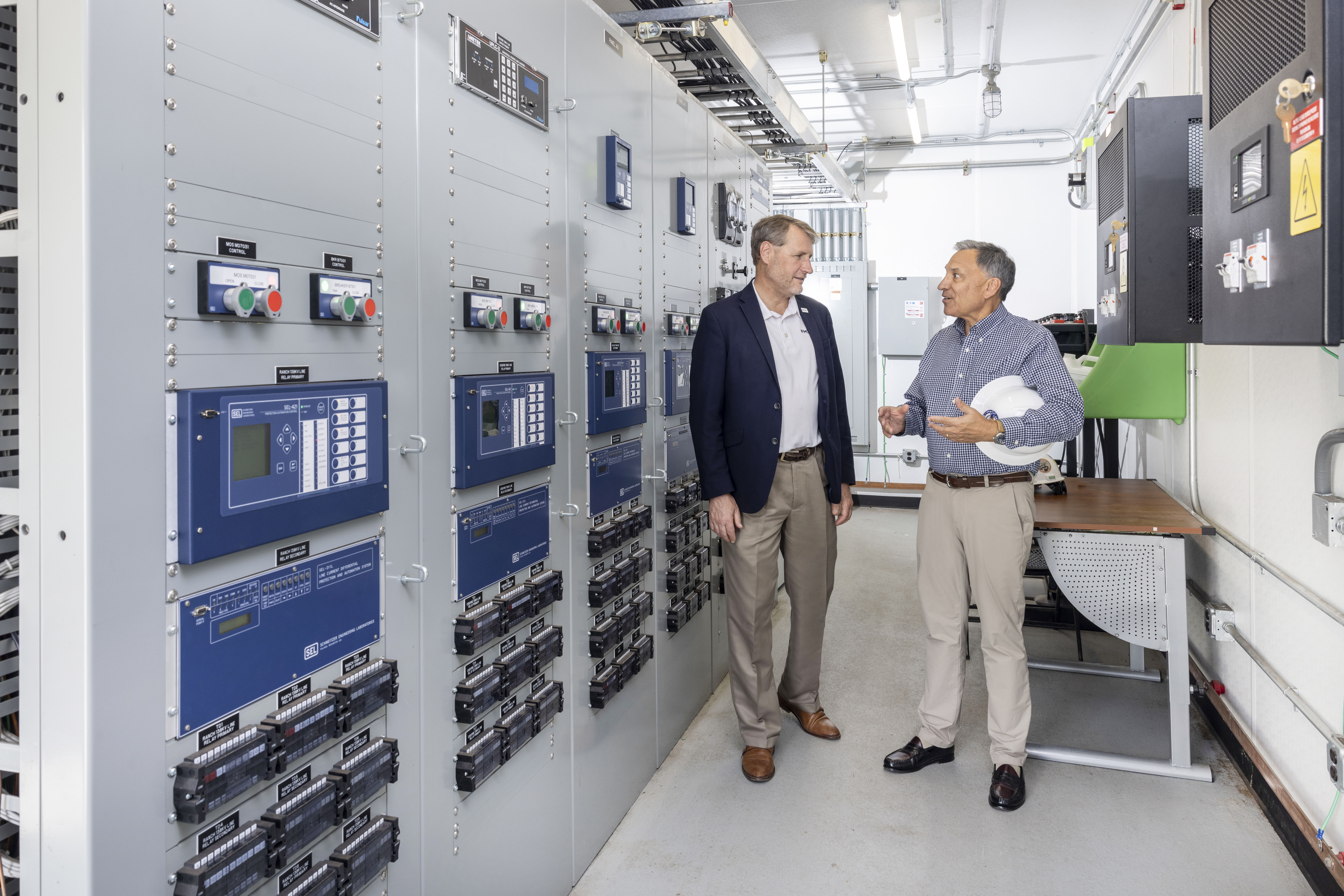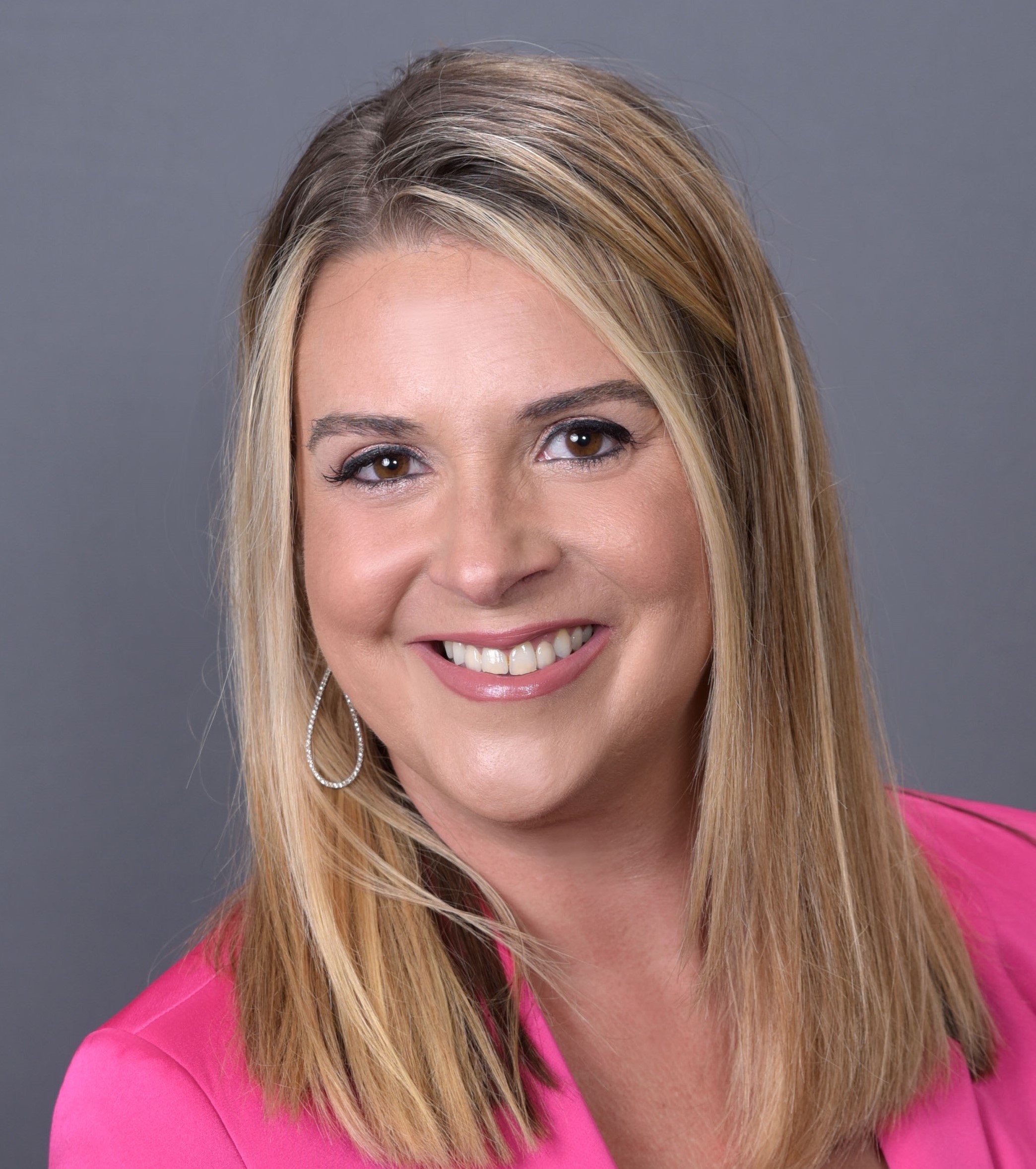For more than 50 years, joint action agencies have helped bring buying power and economies of scale to public power utilities. Initially focused on generation and power supply, these agencies have expanded their services to help meet the broader needs of their member utilities. Now, as the electric utility industry faces substantial change, JAAs are finding new ways to support member utilities in areas ranging from training and assessment to workforce development.
Supporting Better Service
The Florida Municipal Power Agency, which serves 33 public power utilities across the state, has increased its focus on how members can improve their systems.
Sharon Adams, chief people and member services officer at FMPA, said the agency has seen increased interest from members seeking support to better understand and manage their monthly wholesale costs. As those costs have come down, its members rates have become more competitive and affordable. As a result, the agency has turned its attention to supporting members in reliability and resilience, which has included facilitating peer reviews, awards, and leadership training.

“When you aren’t having to focus on keeping costs down, when your rates are where they should be, you can invest in making improvements,” she said.
The peer reviews have involved utility representatives visiting each other to share process improvements and verify when best practices are being followed (and where they could be updated). Adams said these reviews have covered all areas of utility operations, from customer service to engineering and warehouse management, adding that there has been a recent uptick in members requesting them.
For utilities seeking more support, FMPA’s leased employee program, which started in February this year, lends experienced, often semi-retired utility professionals who offer deeper consultation on improvements or fill in needed work. So far, members have requested support for specific projects and for activities such as bird-dogging during hurricane season. For the latter, Adams said, it is especially helpful to have someone who already knows the system.
FMPA makes a point of conducting regular member visits to not only help build relationships with its members, but also to find out details about what the utility or its community is facing. Adams said the visits usually include a meeting at the city hall.
And while the JAA is happy to provide one-off assistance to its members, the request might be an indication of where the agency can be proactive in reaching out.
“Usually if there is one, there are five or six or seven that need the same thing, they just haven’t raised their hand to ask,” said Adams.
While doing member visits is part of an employee’s scorecard, Adams said that employees value being able to help.
“They really enjoy helping members. That [not only] helps with retention and engagement … that makes it so easy to serve our members because people are eager to do it,” she added.
Sharing Best Practices
Developing local talent is a key value for public power, and the Delaware Municipal Electric Corporation is helping its members do just that with a state-of-the-art training yard and program that launched in 2022.
Kimberly Schlichting, president and CEO of DEMEC, said the training yard was founded to provide a convenient, cost-effective way of training lineworkers from across the state and region. She noted there have been a variety of benefits to bringing together lineworkers from across the state.
“We wanted to promote networking amongst our membership … to learn from each other and to be prepared for mutual aid out of state, too,” she said. “We wanted to provide consistency and best practices from certified instructors to enforce habits focused on putting safety first.”
DEMEC collaborated with the Tennessee Valley Public Power Association to provide instructors attuned to what it means to work in public power. The specifications for various tasks — such as assembly for overhead wires or transformers — mirrors what DEMEC’s members commonly use throughout the state. DEMEC is working to secure state and federal certification for the program. State leaders, including the Delaware Chamber of Commerce, have already recognized the program. Earlier this year, DEMEC’s lineworker training program was recognized with an Award of Excellence as part of a statewide search for Superstars in Education and Training.
The first set of lineworkers is set to graduate from the apprentice program in 2026.
“The savings we’re getting by doing this in house have been huge,” Schlichting said, noting that members have been able to access high-quality, tailored training for as much as a 76% discount against other options.
She said DEMEC plans to expand the training options to include ongoing training for journey lineworkers to stay up to date on the latest safety practices and technology. The facility already includes training areas for climbing, metering, bucket trucks, underground systems, and transformers and will soon have a space for substation training. The in-person facility complements DEMEC’s learning management system, which includes online training for subjects ranging from power supply management to human resources.
“It is really a reflection of what they need to be successful back home,” Schlichting said, adding that the various amenities were chosen by listening closely to what members said would be necessary and helpful for broad-based training. “Our membership has been very engaged in this, right from the beginning.”
As a bonus to its training effort, DEMEC is excited to now have a dedicated place to showcase lineworker skills through a rodeo. DEMEC’s inaugural full-scale rodeo is planned for late 2026, but a rodeo demonstration will be held this Fall during a Tool & Truck Expo.
Supporting Savings
Jennifer Smith, assistant general manager at the Oklahoma Municipal Power Authority, said that one of the JAA’s newest services is demand-side management. For its members’ customers, the program is largely about getting a rebate on smart thermostats. It is split in two parts: $50 for signing up for the program, and another $50 at the end of the year. For OMPA, it is about being able to adjust the thermostats by as much as 3 degrees when needed during summer peaks.

OMPA has long offered energy efficiency rebates and performed residential energy audits. The JAA’s members serve mostly small, rural communities. The programs that remain popular are those that can help customers save money in ways that align with their needs. Smith said OMPA sees participation in programs ramp up when energy savings are top of mind, such as requests for audits and ceiling insulation increasing during the summer.
Beyond electric services, OMPA is looking to launch a mass communications system that would help notify customers about outages and other alerts related to any utility services, including water.
As for more utility-focused programs, Smith said OMPA recently launched a voltage reduction program for city substations. Since all OMPA members are part of the Southwest Power Pool electricity market, the program deploys technology at member substations when the market signals indicate high peak demand.
“Both capacity and energy have become a hot commodity. Everyone is scrambling to meet capacity reserve margins,” said Smith. “Anything that we can do to offset OMPA’s peak is a win for our members.”
OMPA is also developing a “troubleshooter” program for distribution system maintenance, which offers a skilled journey lineworker to help its smaller cities with regular day-to-day needs.
Knowing Where to Help
FMPA’s Adams sees the need for joint action continuing to expand.
“In my opinion, it will become stronger, because of supply chain issues [and because] of retiring utility workers. Replacing that industry knowledge is going to be difficult. JAAs having that strength in numbers will reinforce some of the things that they normally would have otherwise lost,” she said.
A key to success for JAAs will be keeping an open mind about the variety of ways it can jump in to help beyond technical concerns. Adams said FMPA has staff with experience in everything from legal and compliance to HR and public relations.
“As things continue to change, the role of joint action is going to become more and more important,” added Smith. “We are going to have a bigger involvement than we’ve had in the past. As technology continues to change, for some of the medium and small members, if they aren’t changing, they will get left behind.”
Smith said OMPA is looking to expand its rate design services and educational opportunities around ratemaking and the value of public power. In Oklahoma, cities and towns do not collect property taxes, so the city-owned utilities often cross-subsidize other city departments and efforts. OMPA’s efforts would be more tailored to how options such as time-of-use rates might work in Oklahoma.
Schlichting also sees an expanding role for JAAs.
“I see us taking on a bigger role as the industry becomes more complex,” she said, such as keeping members informed about impacts of and how to implement new legislation, stay financially healthy, and more. For example, Schlichting said DEMEC recently developed member financial assessments, which have not only helped members stay on the right track, but signal to mayors, city councils, and credit agencies that the utility is well managed.
“If we don’t do it, someone else will. If it is a true need, they will find someone to do it. If we do it, we can likely do it better and more cost effectively,” she added. “It’s never easy starting a new initiative or program, but the results are well worth it.”
OMPA conducts a regular member satisfaction survey and consults with members’ customers to assess what services members want and what their customers want from the utility.
“We kept seeing an uptick on our survey results in that people wanted more control over their energy, how they use it, and when they control it,” said Smith. Those results informed the promotion of services such as energy audits and smart thermostat rebates.
Both OMPA and FMPA stressed that JAAs are a way for members to help each other. Adams shared that JAAs can be a connector and a source of information for members.
To help ensure it is offering services its members could most benefit from, FMPA formed a member services committee a few years ago. Adams said the committee has been helpful in guiding FMPA to develop and tailor its services according to members’ needs and in identifying other ways the JAA can help. For example, she mentioned that the committee identified how FMPA could pay the annual fee for an operational measurement software that would have been too cost prohibitive for its smaller members to acquire on their own.
“It takes the load off of some of our members. If we have in-house expertise that they don't have, [we can] help to get them started on a project. … I don’t think that would be possible without joint action,” she said. “If a larger utility can help a smaller utility, then we will connect and put them together. Without those relationships, it would be difficult to have. We are a good source of information … we can coordinate across our membership.”
“What’s beautiful about the JAA model is that it allows us to pool our resources. We pull together as a group,” said Smith. “You are only as strong as your weakest link. We offer programs that even the small utilities can take advantage of.”

